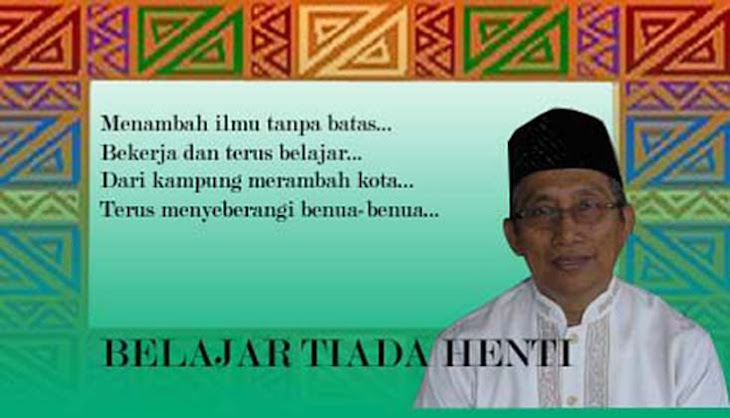January 2019
The research is to describe the status and role of women the Besemah tribe, South Sumatra. The researcher investigated the values of justice, equality, and respect for women in the cultural community and prevailing customary practices. The study used a qualitative method. The researcher describes and interprets culture, social groups and systems focused on patterns of activity, language, beliefs, rituals and ways of life. This study concluded that the values associated with the views of the Besemah community towards women are catalized in six main points, namely: 1) women can have different status after marriage which shows their place of residence, their duties and responsibilities in the family; 2) men and women have different status and roles in society; 3) The quality that must be possessed by Besemah women is of good descent, has good manners, can cook and skillfull at managing the house and caring for parents, husband and children; 4) the way to educate girls and boys is different; 5) men approach and propose to women with courtesy and respect. This view is the local wisdom of the Besemah tribe that can be developed as a value education material for the prevention and control of violence against women.
January 2018
Disasters, regardless of the type or scale, have the potential to cause distress, or even severe distress. Children are usually the most affected by disaster, due to their physical, psychological and social vulnerabilities. Children are also the most vulnerable to face post- disaster challenges from psychological stress due to the limited availability of special care, protection and support. In this study, we explore the experiences of Acehnese children survivors of the 2004 tsunami. We set out to understand how these young people survived the tsunami, coped with the aftermath, and progressed with their lives following the tragedy. Our focus was on uncovering the multitude of trajectories, or pathways, that comprise the collective experiences of young people’s post-disaster lives. We employed a narrative, qualitative research approach, and conducted in-depth interviews with twenty-seven survivors. By giving a voice to their lives, we aimed to capture the successes and challenges that these young people face in attempting to live normal lives following a major disaster. At the time of the study, the participants had either lost one or both parents because of the tsunami. All of the respondents are now teenagers or young adults between the ages of 17 to 24 years old. The findings from the in-depth interviews revealed that all of the survivors have both shared and unique experiences. They all stated that in the immediate aftermath of the tsunami, they felt that there was a dearth of people to talk to and discuss their feelings. They also still feel the sadness, horror and trauma of the tsunami, yet they often keep their feelings to themselves. Lastly, they all accept the tragedy as their destiny from God. A variety of responses show differences in how they see their future. Some are very optimistic and still believe that they have a role in society, while others are confused, jobless and lost, to the extent that they feel uncertainty as to where their next meal will come from. The survivors also explained about the different types of support that they received immediately after the disaster including continuation support, long term support, and current support. How the young survivors coped with the immediate aftermath of the tsunami depended on the support received from their communities and the extent of their own inner strength and will to survive. Combined, these internal and external resources formed a personal resilience in surviving the tsunami, both in the short and long term. By studying the children of Aceh, aid workers, and support agencies -- especially those that work in the field of mental health/psychosocial programs -- can learn better ways to assist, help, and support children following natural disasters. Moreover, by understanding the children’s sources of resilience, we will be better informed about how families and schools should prepare and teach children, so that the victims are able to cope better with major disasters.
Author : Husni Rahim & Maila D.H. Rahiem
January 2013
There are a number of ways that one might morally educate a child. One can demonstrate various virtues and encourage the child to copy his or her own behavior. One can issue a series of imperatives and punish if failure to abide by them. Moreover, one might tell the child stories with moral lessons in order to elicit favorable behavior and to discourage unfavorable behavior. In this research, we study how kindergarten teachers can better serve more appropriate aims of moral education by using stories. The main findings of this study are as follows: first, moral education is considered complementary material in kindergarten in Indonesia. There are few teachers who use stories as moral education in kindergaten. Second, teachers play an important role in helping children understand the story and capture the message of the story. Teachers are therefore challenged to explore the content of stories and help children connect the story with their daily lives. Third, the ways in which teachers see morality affects the way they convey moral values in a story.

No comments:
Post a Comment